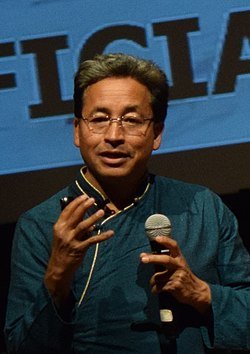Introduction
The Internet, a cornerstone of modern civilization, has profoundly altered the fabric of human interaction, economy, and knowledge dissemination. Emerging from the shadows of Cold War anxieties in the late 1960s, it began as a rudimentary network designed to link computers for military and academic collaboration. Today, in 2025, it connects over 5.4 billion people globally, powering innovations from e-commerce and telemedicine to artificial intelligence and virtual reality. This comprehensive article revisits the Internet’s history, starting with its precursor, ARPANET, and tracing its technological advancements through to the high-speed 5G networks and the nascent 6G era. We will also examine its introduction and rapid proliferation in India, supported by historical evidence, technical insights, and current statistics.
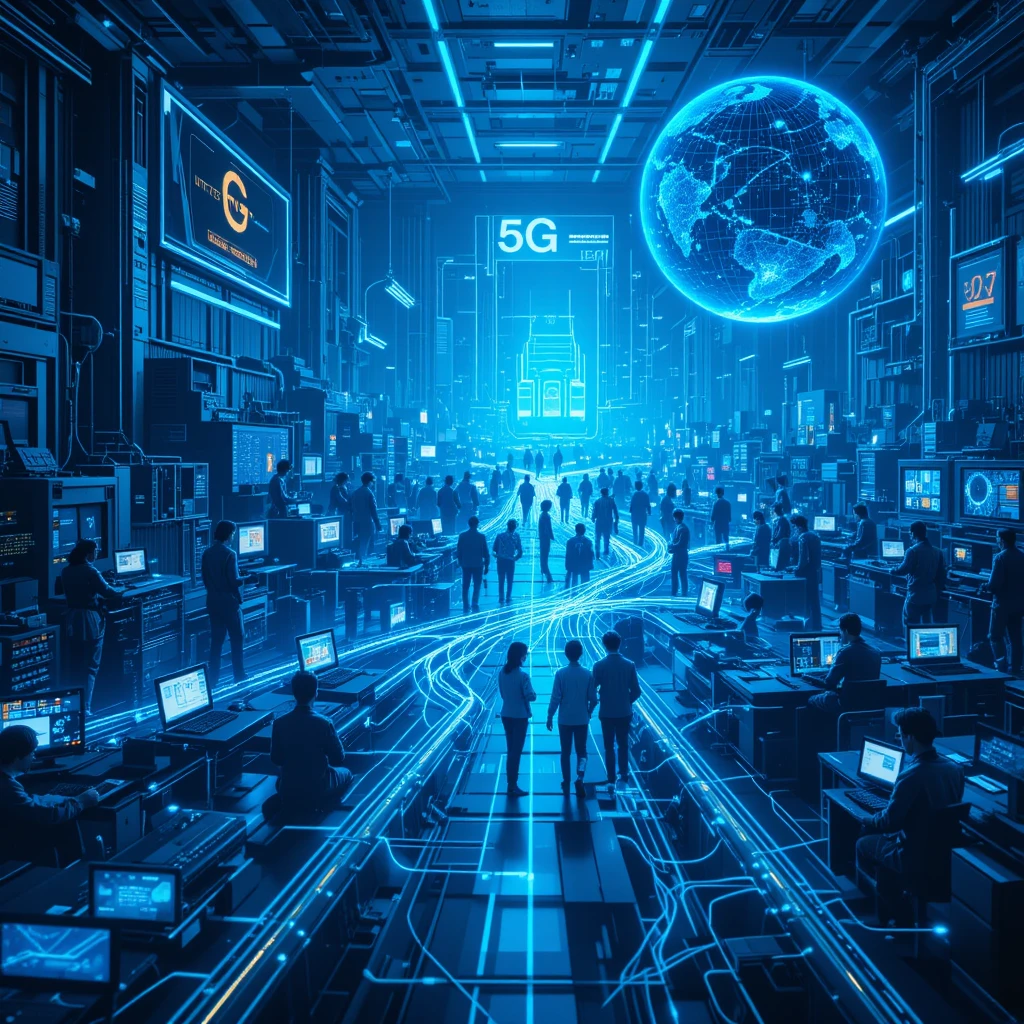
Table of Contents
The narrative underscores the collaborative genius behind the Internet—no solitary inventor, but a symphony of minds including J.C.R. Licklider, Paul Baran, Donald Davies, Leonard Kleinrock, Vint Cerf, and Bob Kahn. Geopolitical tensions fueled its inception, with the U.S. Department of Defense seeking resilient communication channels amid nuclear threats. Packet switching, a revolutionary concept, allowed data to be fragmented, routed independently, and reassembled, ensuring network survivability.
From dial-up connections in the 1990s to 5G’s gigabit speeds, the Internet has evolved exponentially. Mobile generations progressed from 1G’s analog voice calls to 5G’s low-latency, high-capacity ecosystem, enabling IoT and autonomous systems. Looking ahead, 6G promises terabit speeds and seamless integration of physical and digital realms by 2030. In India, the Internet’s arrival on August 15, 1995, via Videsh Sanchar Nigam Limited (VSNL), marked a pivotal shift, propelling the nation to over 900 million users by 2025.
This draws on primary sources, academic papers, and recent reports to provide depth and accuracy. Challenges like cybersecurity, digital inequality, and environmental footprints accompany its triumphs, reminding us of the need for ethical stewardship as we navigate this digital frontier.
Origins: Cold War Catalysts and Conceptual Foundations
The Internet’s genesis is rooted in the post-World War II era, amplified by the Cold War’s technological arms race. The Soviet Union’s 1957 Sputnik launch jolted the U.S. into action, leading to ARPA’s formation in 1958 (later DARPA) to spearhead advanced research for defense. ARPA aimed to counter technological surprises, focusing on command-and-control systems resilient to disruptions.
In 1962, J.C.R. Licklider, a visionary at MIT and later ARPA’s computer research head, penned memos on a “Galactic Network”—an interconnected global computer system for resource sharing. Licklider’s ideas emphasized human-computer symbiosis, laying the philosophical groundwork.
Concurrently, Paul Baran at RAND Corporation explored distributed communications for survivable networks. In 1964, he proposed “packet switching,” where data is divided into blocks (packets) that travel via redundant paths, reassembling at destinations. Baran’s “On Distributed Communications” series, declassified in the 1970s, detailed this for nuclear-hardened voice networks.
Independently, Donald Davies at the UK’s National Physical Laboratory (NPL) conceived “packet” switching in 1965 for efficient data transmission. Davies implemented a local network at NPL by 1967, coining “packet” and focusing on commercial applications.
Leonard Kleinrock, at MIT and later UCLA, formalized packet-switching theory in his 1961 PhD thesis and 1964 book “Communication Nets,” proving its efficiency in reducing delays. Kleinrock’s queuing theory models were crucial for network performance analysis.
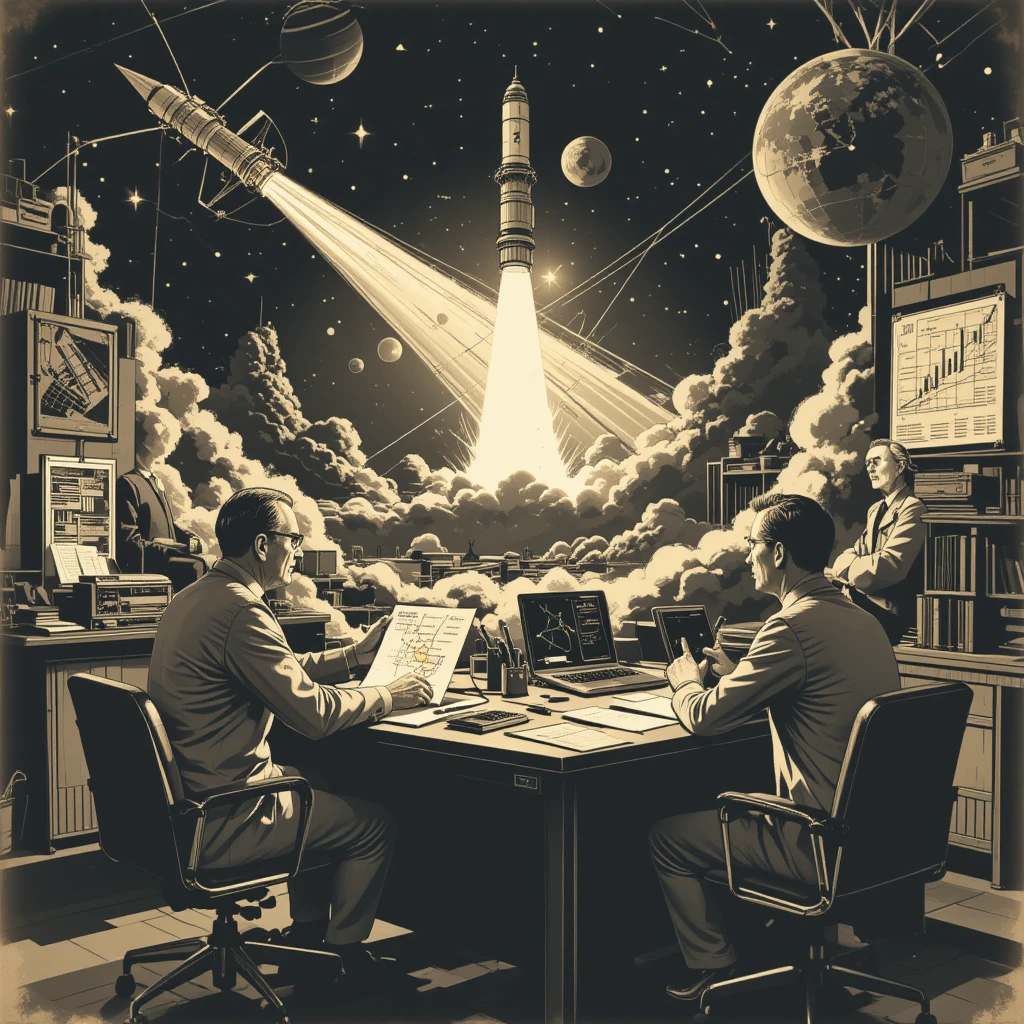
These parallel efforts converged under ARPA’s Lawrence Roberts, who in 1967 outlined ARPANET to connect research sites. Roberts integrated Baran, Davies, and Kleinrock’s concepts, contracting Bolt Beranek and Newman (BBN) in 1968 for Interface Message Processors (IMPs)—proto-routers.
Historical evidences include Baran’s RAND reports, Davies’ NPL papers, and Kleinrock’s thesis, archived by institutions like the Computer History Museum. This era transitioned theory into practical networking, setting ARPANET’s stage.
ARPANET: Launch, First Message, and Key Contributors
ARPANET’s development peaked in 1969, with UCLA as the inaugural node due to Kleinrock’s measurement expertise. The first IMP arrived at UCLA in September, followed by SRI’s in October. On October 29, 1969, at 10:30 p.m., student Charley Kline attempted “LOGIN” from UCLA to SRI, but it crashed after “LO”—the first ARPANET message.
By December, ARPANET linked four nodes: UCLA, SRI, UC Santa Barbara, and University of Utah, using 50 Kbps lines. Its purpose: facilitate resource sharing among ARPA researchers, test packet switching, and ensure decentralization for survivability.
Inventors were collaborative: Kleinrock on theory, Roberts on design, Kahn on architecture, BBN’s Frank Heart on IMPs. Steve Crocker initiated RFCs in 1969 for protocol evolution.
The 1972 International Computer Communication Conference demonstrated ARPANET publicly, with 40+ terminals. By 1973, it spanned dozens of sites, including international links.

Evidences: UCLA’s preserved logs, RFC 1 by Crocker. ARPANET validated packet switching, birthing interconnected networks.
Expansion and Protocols: TCP/IP and NSFNET
ARPANET’s expansion revealed NCP’s limitations, necessitating universal protocols. In 1974, Vint Cerf and Bob Kahn published “A Protocol for Packet Network Intercommunication,” introducing TCP/IP. TCP managed reliable delivery, IP handled addressing/routing.
TCP/IP enabled heterogeneous network interconnection. Testing linked ARPANET with packet radio and satellite nets by 1977. January 1, 1983, marked ARPANET’s full TCP/IP adoption, formalizing the “Internet.”
NSFNET, launched 1985, connected supercomputers at 56 Kbps, upgrading to T1 (1.5 Mbps) in 1988 and T3 (45 Mbps) by 1991. It expanded to 300,000+ hosts by 1990.

Commercialization followed NSF’s 1991 restriction lift; ARPANET decommissioned 1990, NSFNET privatized 1995. Evidences: RFC 791 (IP), RFC 793 (TCP). This shifted the Internet to public domain.
The World Wide Web and Commercial Boom
Usability soared with Tim Berners-Lee’s World Wide Web at CERN. In March 1989, he proposed a hypertext system for information sharing; by 1990, it included HTML, HTTP, URLs.
The first website, info.cern.ch, launched August 6, 1991. CERN open-sourced code in 1993; Mosaic browser (1993) by Marc Andreessen popularized graphics. By 1994, 10,000 servers, 10 million users.
Berners-Lee founded W3C in 1994 for standards. Commercial ISPs like AOL emerged; sites like Amazon (1995) ignited e-commerce.

Evidences: Berners-Lee’s proposal, W3C archives. The Web democratized the Internet, sparking the dot-com era.
Mobile Internet: From 1G to 4G
Mobility began with 1G analog networks: Japan’s NTT (1979), U.S. AMPS (1983), ~2.4 Kbps for voice.
2G (1991, GSM in Finland) digitized, adding SMS, 9.6-14.4 Kbps data. GPRS (2.5G) hit 114 Kbps for basic web.
3G (2001, UMTS/CDMA2000) reached 2 Mbps, enabling video, mobile internet. HSPA (3.5G) to 14 Mbps.
4G/LTE (2009-2010) delivered 100 Mbps-1 Gbps via OFDM, MIMO, revolutionizing streaming. iPhone (2007) accelerated adoption.
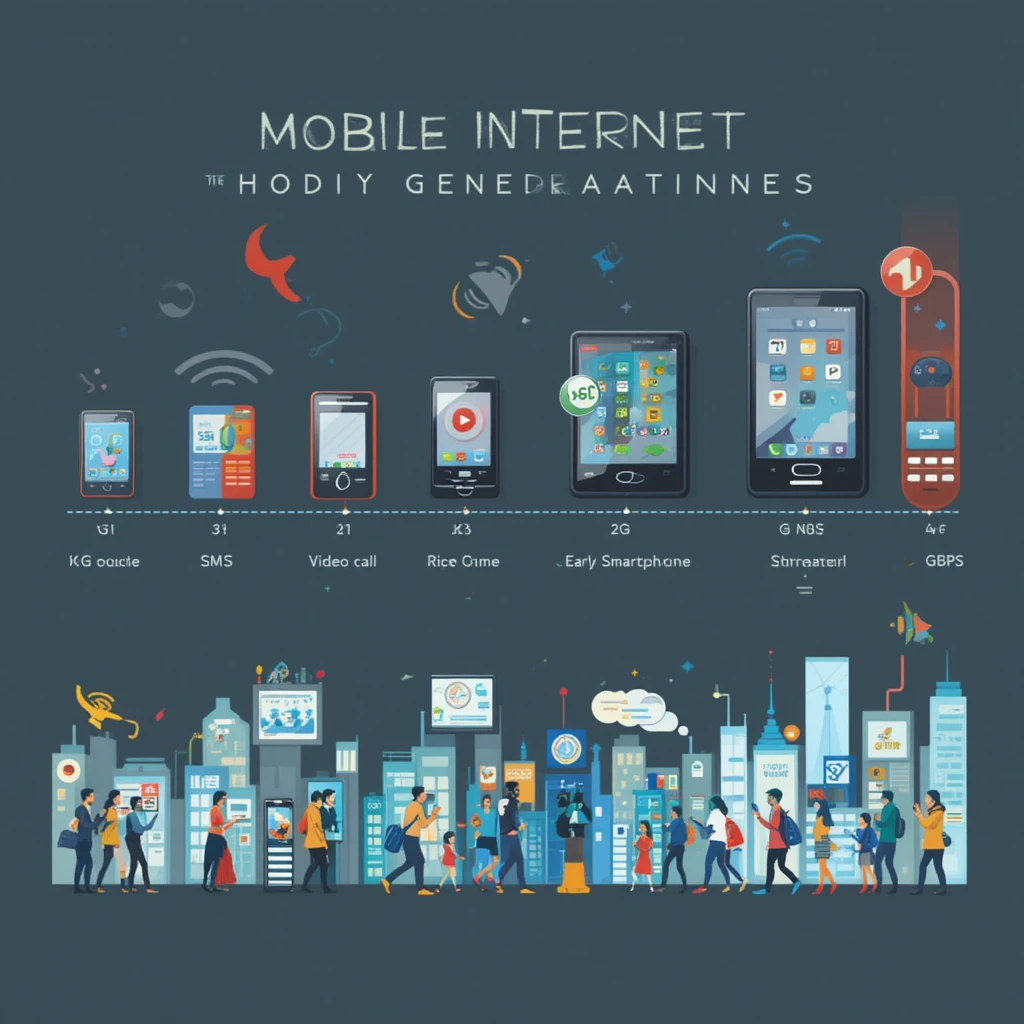
Evidences: ITU standards, GSMA reports. Mobile transformed the Internet into a portable powerhouse.
5G: Technology, Adoption, and 2025 Landscape
5G, commercialized 2019, employs NR interface, mmWave/sub-6 GHz, massive MIMO for peaks of 20 Gbps, <1 ms latency, 1 million devices/km². Averages: 100-500 Mbps, for AR/VR, IoT.
Purposes: eMBB (high-speed), URLLC (critical apps), mMTC (IoT). Network slicing customizes services.
In 2025, ~2 billion connections globally, 20% of mobile. China leads with 1 billion; South Korea averages 435 Mbps. Challenges: Costs, spectrum.

Evidences: GSMA, Ericsson reports.
6G: Horizons and Research
6G, eyed for 2030, leverages THz bands, AI, JCAS for 1 Tbps speeds, sub-ms latency. Enables holographics, digital twins.
2025 research: 3GPP studies, ITU IMT-2030. Players: Ericsson, Huawei; challenges: Energy, spectrum.
Evidences: ITU docs, whitepapers. 6G envisions sustainable, intelligent networks.
Internet in India: Arrival and Expansion
India’s early networks included ERNET (1986) for academia. Public access launched August 15, 1995, via VSNL’s GIAS, 64 Kbps to U.S. Costs: Rs 15,000/250 hours, urban-focused.
Liberalization drove IT growth; private ISPs (1998), cyber cafes. From thousands in 1995 to 949 million broadband in 2025. 5G rolled 2022, 250 million users, 469,000 BTS by Feb 2025.

Initiatives: BharatNet, Digital India. Evidences: TRAI reports, VSNL archives. India exemplifies digital leapfrogging.
Global Impacts, Challenges, and Ethics
The Internet adds trillions to GDP, democratizes info, but faces cyberattacks, misinformation, divide (2.6 billion offline). Privacy, environmental costs demand attention.
In 5G/6G, AI ethics, security crucial. Balanced policies ensure equity.
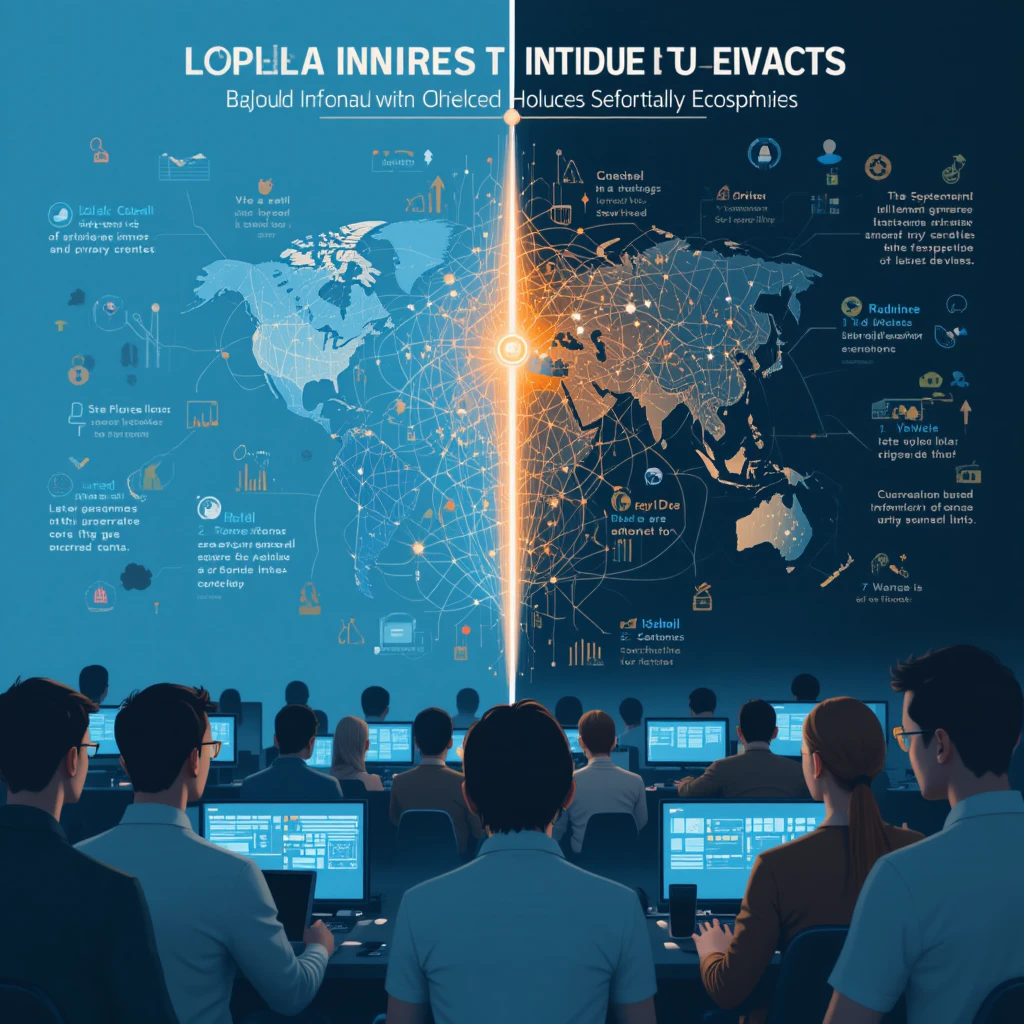
Conclusion
From ARPANET’s 1969 “LO” to 5G’s ubiquity and 6G’s dawn, the Internet embodies innovation. India’s 1995 entry to 900 million users highlights transformation. Future demands inclusivity, sustainability.
References
Research Papers
- Baran, Paul. “On Distributed Communications.” RAND Corporation, 1964.
- Davies, Donald. “Proposal for a Digital Communication Network.” National Physical Laboratory, 1966.
- Kleinrock, Leonard. “Information Flow in Large Communication Nets.” PhD Thesis, MIT, 1961.
- Cerf, Vinton G., and Kahn, Robert E. “A Protocol for Packet Network Intercommunication.” IEEE Transactions on Communications, 1974.
- Roberts, Lawrence G. “The Evolution of Packet Switching.” Proceedings of the IEEE, 1978.
- Kleinrock, Leonard. “An Early History of the Internet.” IEEE Communications Magazine, 2010.
- Abbate, Janet. “Hot Potatoes and Postmen: How Packet Switching Became ARPANET’s Greatest Legacy.” Internet Histories, 2019.
- Haigh, Thomas. “An Historical Study of the Beginnings of Packet Switching.” The Computer Journal, 2001.
Studies and Reports
- GSMA Intelligence. “5G in Context, Q1 2025.” GSMA, 2025.
- GSMA. “The 5G Era in the US.” GSMA, 2018.
- GSMA. “Spectrum Policy Trends 2025.” GSMA, 2025.
- GSMA Intelligence. “2025 Research Themes.” GSMA, 2024.
- World Economic Forum. “The Impact of 5G: Creating New Value across Industries and Society.” WEF, 2020.
- ITU. “5G – Fifth Generation of Mobile Technologies.” ITU, Ongoing.
- Coleago Consulting. “Mobile Services, Spectrum and Network Evolution to 2025.” Coleago, 2021.
- GSMA Intelligence. “India: Becoming 5G-Ready.” GSMA, 2019.
- TRAI. “Subscriber Data Report, January 2025.” Telecom Regulatory Authority of India, 2025.
Books
- Hafner, Katie, and Lyon, Matthew. “Where Wizards Stay Up Late: The Origins of the Internet.” Simon & Schuster, 1996.
- Berners-Lee, Tim. “Weaving the Web: The Original Design and Ultimate Destiny of the World Wide Web.” HarperCollins, 1999.
- Naughton, John. “A Brief History of the Future: The Origins of the Internet.” Weidenfeld & Nicolson, 1999.
- Abbate, Janet. “Inventing the Internet.” MIT Press, 2000.
- Ryan, Johnny. “A History of the Internet and the Digital Future.” Reaktion Books, 2010.
- Castells, Manuel. “The Internet Galaxy: Reflections on the Internet, Business, and Society.” Oxford University Press, 2001.
- Benkler, Yochai. “The Wealth of Networks: How Social Production Transforms Markets and Freedom.” Yale University Press, 2006.
- McCullough, Brian. “How the Internet Happened: From Netscape to the iPhone.” Liveright, 2018.
- Scheirer, Walter J. “A History of Fake Things on the Internet.” Stanford University Press, 2023.
- Moschovitis, Christos J.P., et al. “History of the Internet: A Chronology, 1843 to the Present.” ABC-CLIO, 1999.

